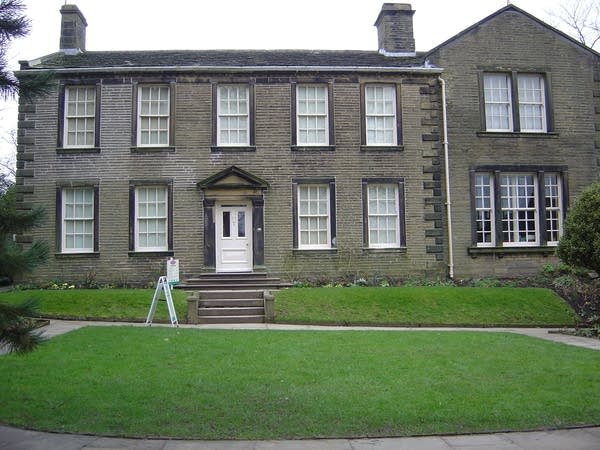Literary mysteries: Did Charlotte Bronte poison her sisters?

The Haworth parsonage, the former home of the Bronte family, is now the Bronte Parsonage Museum.
Public domain via Wikipedia
Go Deeper.
Create an account or log in to save stories.
Like this?
Thanks for liking this story! We have added it to a list of your favorite stories.


